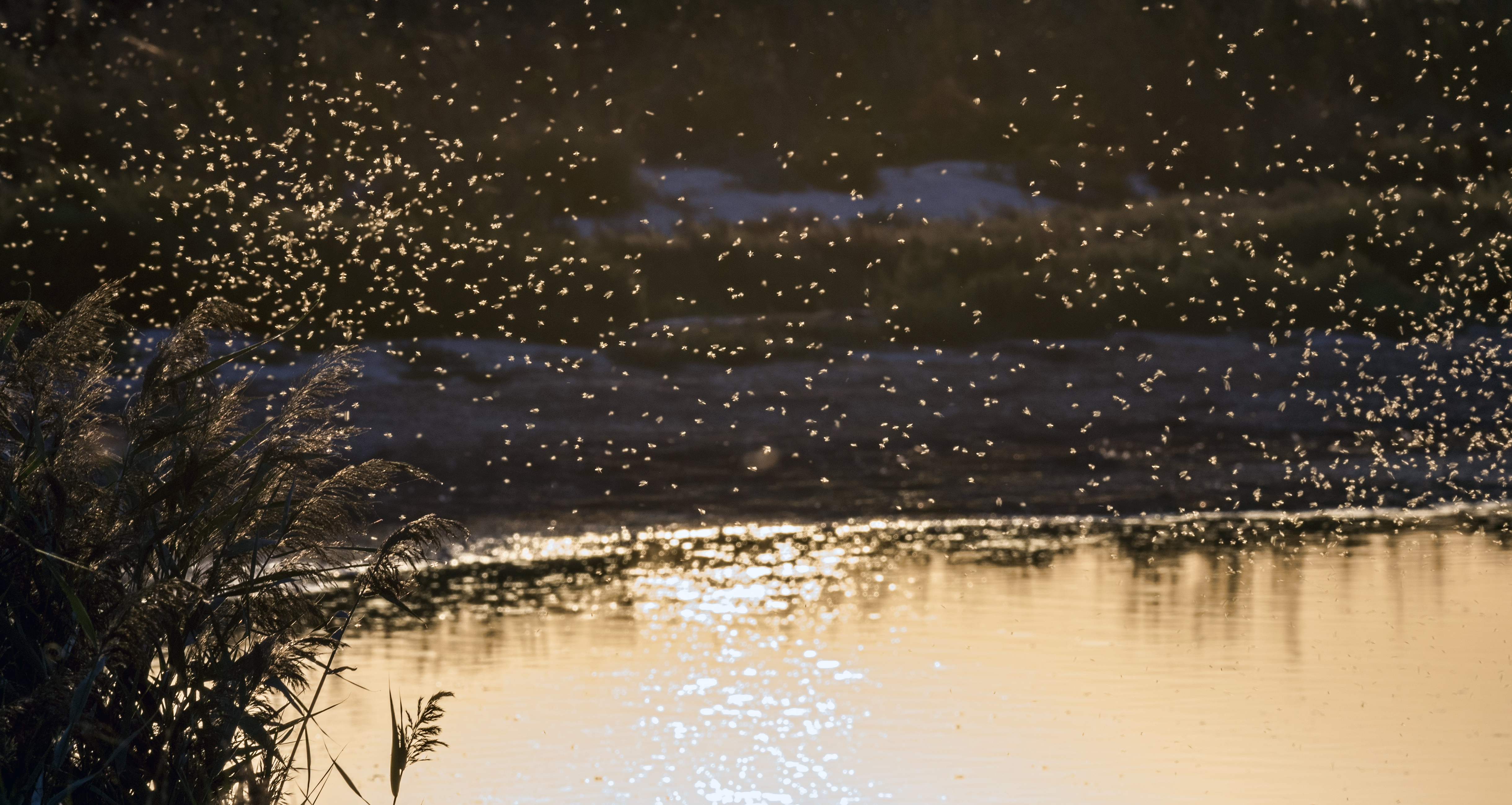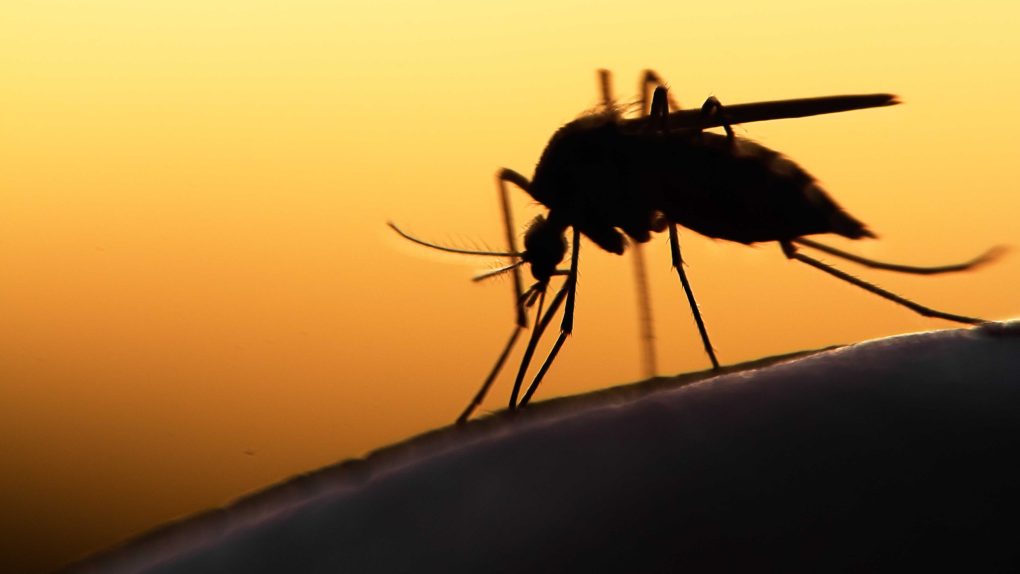We’ve all been bitten by a mosquito at one point or another. And, if you have, then that mosquito was a female, as male mosquitos don’t have strong enough mouth parts to pierce the skin and suck our blood. Instead, they survive off plant nectar. However, newly discovered amber fragments have revealed that mosquito evolution may have changed how these insects survive and what they eat.
Mosquitos have survived for millions of years. We’ve discovered several of these little blood-sucking insects inside fossilized amber, where they were trapped millions of years ago. It’s this kind of discovery that drove the plot for the acclaimed book and movie Jurassic Park, and it continues to teach us more about the creatures that lived all those years ago.
According to a new paper published in the journal Current Biology, researchers recently discovered two male mosquito fossils that could teach us more about mosquito evolution as a whole. While modern male mosquitos don’t have strong enough mouth parts to pierce skin, the males found in the amber fossils had intact piercing proboscis and sharp mandibles.

This suggests that at one point in the past, several million years ago, male mosquitos also survived off the blood of animals and living creatures. Further, the researchers say that this discovery helps to narrow a “ghost-lineage gap” that we have for mosquitos right now.
The fossils were retrieved from amber deposits believed to date back to around 130 to 125 million years ago. The deposits were discovered in Lebanon, and the researchers believe these specimens can teach us more about mosquito evolution and other insects.
There are believed to be around 3,500 species of mosquito on Earth, and they are found everywhere except in Antarctica. Many species can carry pathogens that cause human disease, which has led some researchers to create genetically modified mosquitos that help cull the blood-sucking female mosquito that bite and suck blood.
Finding out that male mosquitos used to suck blood is intriguing, and could very well help us understand the way that these insects have evolved over the years, and how they came to be the way that they are now.








